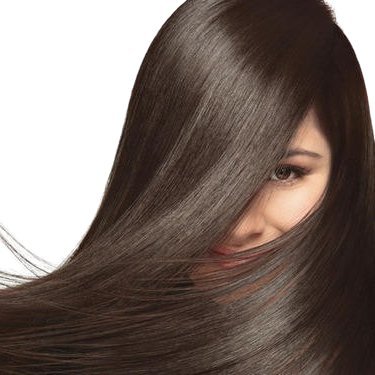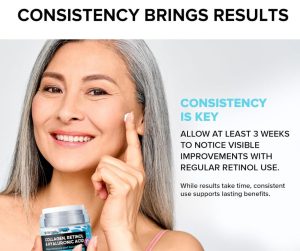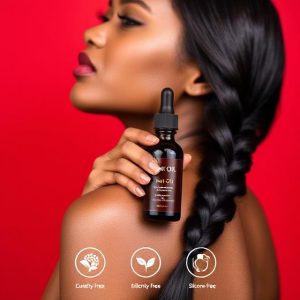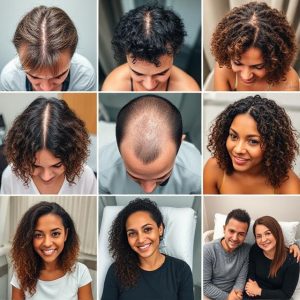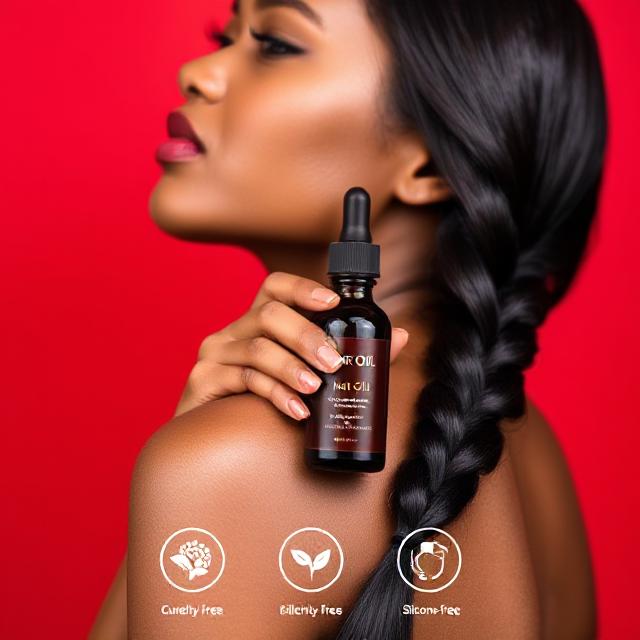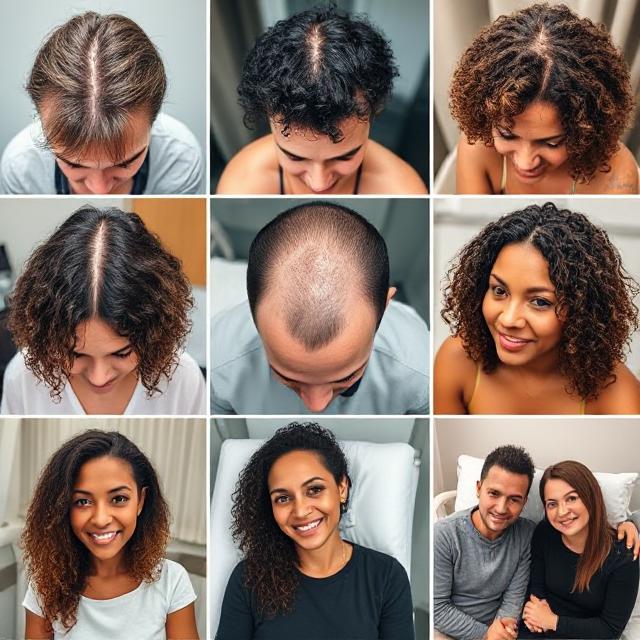Healing Hair: Restoring Health and Beauty from Root to Tip
Hair is often seen as a symbol of identity, confidence, and beauty. But daily stressors—like pollution, heat styling, chemical treatments, and poor nutrition—can leave hair damaged, brittle, and lifeless. Healing hair is not just about appearance; it’s about restoring health from within. Here’s how you can rejuvenate your locks and bring back their natural strength and shine.
Understanding Hair Damage
Hair damage occurs when the outer layer, known as the cuticle, is broken or eroded. This leaves the inner core exposed to breakage, dryness, and frizz. Common causes include:
Frequent heat styling (flat irons, curling wands)
Harsh chemical treatments (bleaching, dyeing, perming)
Over-washing or using sulfate-based shampoos
Sun exposure and environmental pollution
Lack of proper nutrition or hydration
Signs Your Hair Needs Healing
Split ends and excessive breakage
Dry, dull, or frizzy texture
Hair thinning or fallout
Loss of natural curl pattern or elasticity
Itchy, flaky, or inflamed scalp
Healing from the Inside Out
Healthy hair starts with a healthy body. Focus on these core areas:
1. Nutrition:
Protein is the building block of hair. Incorporate protein-rich foods like eggs, fish, lentils, and nuts. Vitamins A, C, D, E, and B-complex (especially biotin) are vital for hair strength and growth.
2. Hydration:
Drink plenty of water daily. A well-hydrated body results in a well-hydrated scalp and healthier strands.
3. Stress Management:
Chronic stress can lead to hair loss. Practice mindfulness, yoga, or regular exercise to reduce stress levels.
External Care for Healing Hair
1. Use Gentle Products:
Switch to sulfate-free shampoos and silicone-free conditioners. Look for ingredients like aloe vera, coconut oil, argan oil, keratin, and panthenol.
2. Deep Conditioning Treatments:
Weekly deep conditioning masks or hot oil treatments can restore moisture and improve elasticity.
3. Avoid Heat & Harsh Styling:
Limit the use of heat tools. If you must, use a heat protectant. Avoid tight hairstyles that stress the roots.
4. Regular Trims:
Cutting split ends every 6–8 weeks prevents damage from spreading up the hair shaft.
5. Scalp Care:
Healthy hair starts at the scalp. Use gentle exfoliating scrubs or scalp oils (like tea tree or rosemary oil) to improve blood circulation and reduce buildup.
Natural Remedies for Hair Healing
Coconut Oil: Deeply penetrates hair shafts and reduces protein loss.
Aloe Vera: Soothes the scalp and promotes hair growth.
Avocado Mask: Rich in fatty acids and vitamins to nourish damaged hair.
Apple Cider Vinegar Rinse: Balances pH, reduces frizz, and adds shine.
When to See a Professional
If you experience excessive hair loss, thinning, or scalp issues that don’t improve with at-home care, it’s important to consult a dermatologist or trichologist. They can assess underlying health conditions such as thyroid imbalances, hormonal shifts, or deficiencies that might be impacting your hair.
Conclusion
Healing hair is a journey—not a quick fix. By combining healthy lifestyle choices with nourishing treatments and gentle care, you can restore the vitality of your hair and enjoy strong, shiny, and beautiful locks once again.
GET hair care
